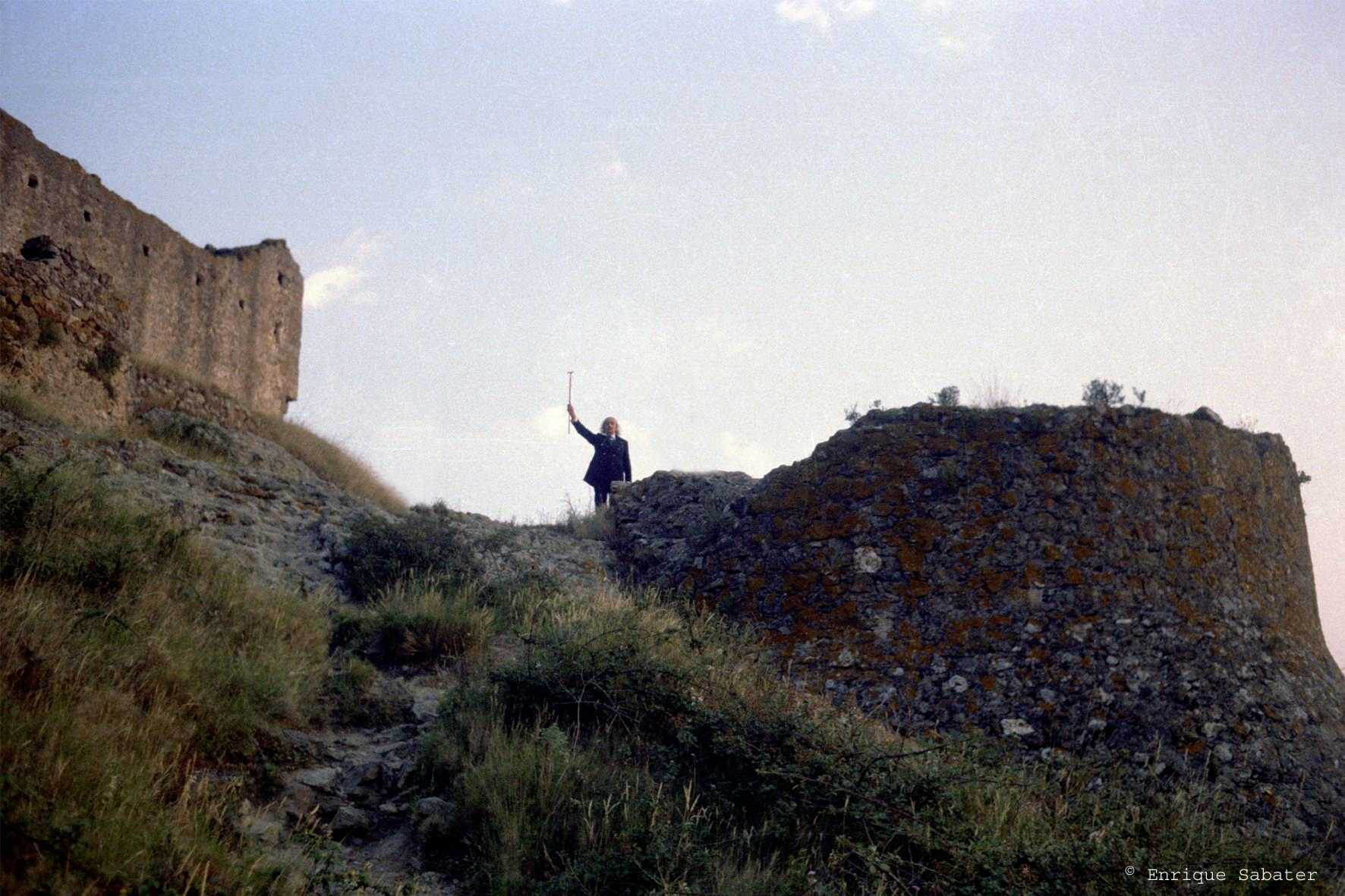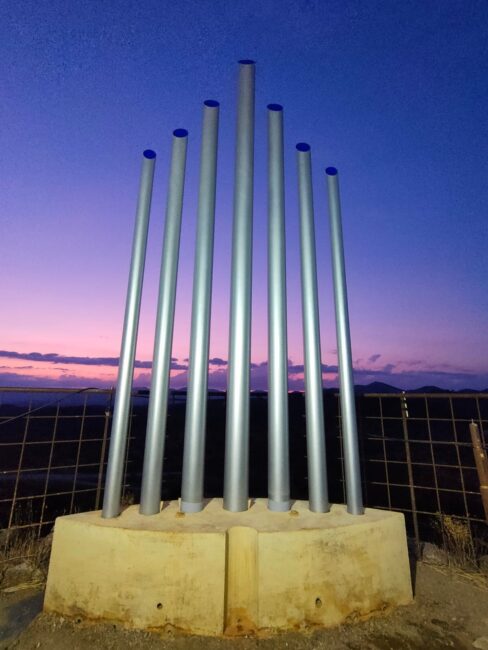


The Tramuntana organ is an instrument imagined by Salvador Dalí, who towards the end of the fifties wanted to buy the castle of Quermançó in Vilajuïga, an old fortification from the 10th century where Dalí went to make spiritual connections with his homonymous brother and from where you can see (according to the artist) the best sunsets in the world. He had planned to build a moat with a white rhinoceros there and I also wanted to install an organ there that, with the force of the north wind, would spread its sound throughout the Empordà. When purchasing the castle, Dalí wanted to pay half with money and half with paintings, but the owners did not accept it and that project fell into oblivion.
In 2002, the businessman from Empordà Josep Maria Martorell bought the castle with the intention of carrying out that visionary project, and he contacted us. The project was completely unpublished because there are no precedents for surrealist instruments or music. We proposed a joint research project with La Salle URL University, which in the technical part was led by the acoustic engineer Professor Ivana Rosell and was financed by the Ministry of Science and Technology thanks to the enthusiasm of the then Minister Josep pique That research resulted in an instrument made up of a group of instruments called wind instruments, from which the theoretical bases were established to sound various timbres including harps, flutes, trumpets, strings…
This is where the Tramuntana organ was born – based on Salvador Dalí’s original idea – which consists of several sculptural and sound elements that are placed on the terrace of the castle and that create a sound climate that transports us to the ‘surreal universe thanks to the oscillating action of the wind. These sounds can be heard in the castle or recorded, they have served for several compositions inspired by this great idea.

To achieve Dalí’s wish that the sound of the organ spread throughout the Empordà plain, the “Tramuntànic” register has been created, a sound sculpture consisting of seven tubes about five meters high, equipped each with a ship’s siren inside that strikes a different note and will sound in a programmed manner, adding to the twilight spectacle a Dalinian symphony audible from a distance.

Looking ahead to 2025, several musical events are planned in important spaces around the castle that will be announced in the future.
All with the intention of realizing the dream of the catalan genius and generating an unprecedented artistic expression: the sound of surrealism. With this new element, Quermançó Castle continues its long historical trajectory, transmuting its essence towards art and music.

